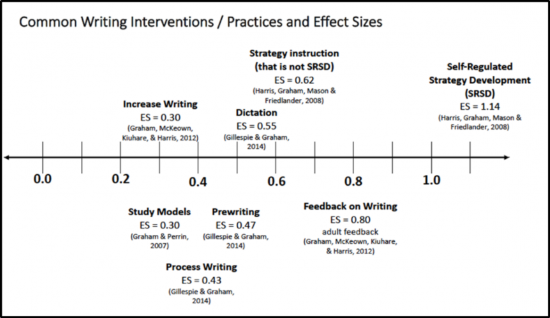 This Monday was Martin Luther King Day – a day to celebrate the importance of civil liberties for all. As I think about the vision and purpose expressed by Dr. King, I am reminded of the many heroes, some more widely recognized than others, who in very quiet ways have made huge impacts in the lives of countless individuals as well as society as a whole.
This Monday was Martin Luther King Day – a day to celebrate the importance of civil liberties for all. As I think about the vision and purpose expressed by Dr. King, I am reminded of the many heroes, some more widely recognized than others, who in very quiet ways have made huge impacts in the lives of countless individuals as well as society as a whole.
Two people who come to mind are Lois Curtis and Elaine Wilson – both women with developmental and mental health disabilities. Through the support of the Atlanta Legal Aid Society, Ms. Curtis and Ms. Wilson sued their home state, Georgia, alleging that they would be better served in community-based settings. Both women spent years in mental health institutions, despite evaluations conducted by State clinicians who found that they had the capacity to live in community-based settings with supports. Ms. Curtis and Ms. Wilson won their case but it was appealed. In 1999 the US Supreme Court heard the case, Omlstead v. L.C., and it found in favor of the plaintiffs.
As a result, both women lived in the community where they worked and became civil rights advocates as well as guest speakers. Ms. Wilson died in 2005 but Ms. Curtis remains very active. She is also an accomplished folk artist and her work has been exhibited in galleries throughout the Atlanta area.
Ten years after the US Supreme Court handed down its verdict, the US Department of Justice Civil Rights Division launched an effort to support the Olmstead decision. As a result, it was found that unless individuals with disabilities needed to be placed in segregated settings for medical or safety purposes, they should be provided with opportunities in the most integrated settings with services appropriate to their needs.
Today the results of the Olmstead decision have made a significant impact regarding the scope of programs and services available to people with disabilities. While nearly every sheltered workshop in our area has already been phased out (most workshops were exclusively filled with people with disabilities thereby creating a segregated settings), new opportunities have taken their place. A greater emphasis has been placed on working in the community. Federal and State dollars have shifted from options which favored site-based programs to opportunities promoting community integration in many areas including but not limited to: education, leisure, recreation, housing and employment.
More about community integration and what that may look like for our students, will be explored in a future blog. For now, please remember the civil rights leaders, advocates and individuals who just wanted a chance to live in the community. If you would like to learn more about Lois Curtis and her art, check out: YouTube – Lois Curtis Art Exhibitor Captioned.


 Data-Driven Decision-Making
Data-Driven Decision-Making  Increasing Post-School Success through Interagency Collaboration
Increasing Post-School Success through Interagency Collaboration  How Can We Improve Deeper Learning for Students with Disabilities?
How Can We Improve Deeper Learning for Students with Disabilities?  Positive Classroom Management: Creating an Environment for Learning
Positive Classroom Management: Creating an Environment for Learning  Self-Determination Skills Empower Students of All Ages
Self-Determination Skills Empower Students of All Ages  Fidelity of Implementation: What is it and Why does it Matter?
Fidelity of Implementation: What is it and Why does it Matter?  Rethinking Classroom Assessment
Rethinking Classroom Assessment  A Three-Step Approach to Identifying Developmentally Appropriate Practices
A Three-Step Approach to Identifying Developmentally Appropriate Practices  Transforming Evidence-Based Practices into Usable Innovations: A Case Study with SRSD
Transforming Evidence-Based Practices into Usable Innovations: A Case Study with SRSD